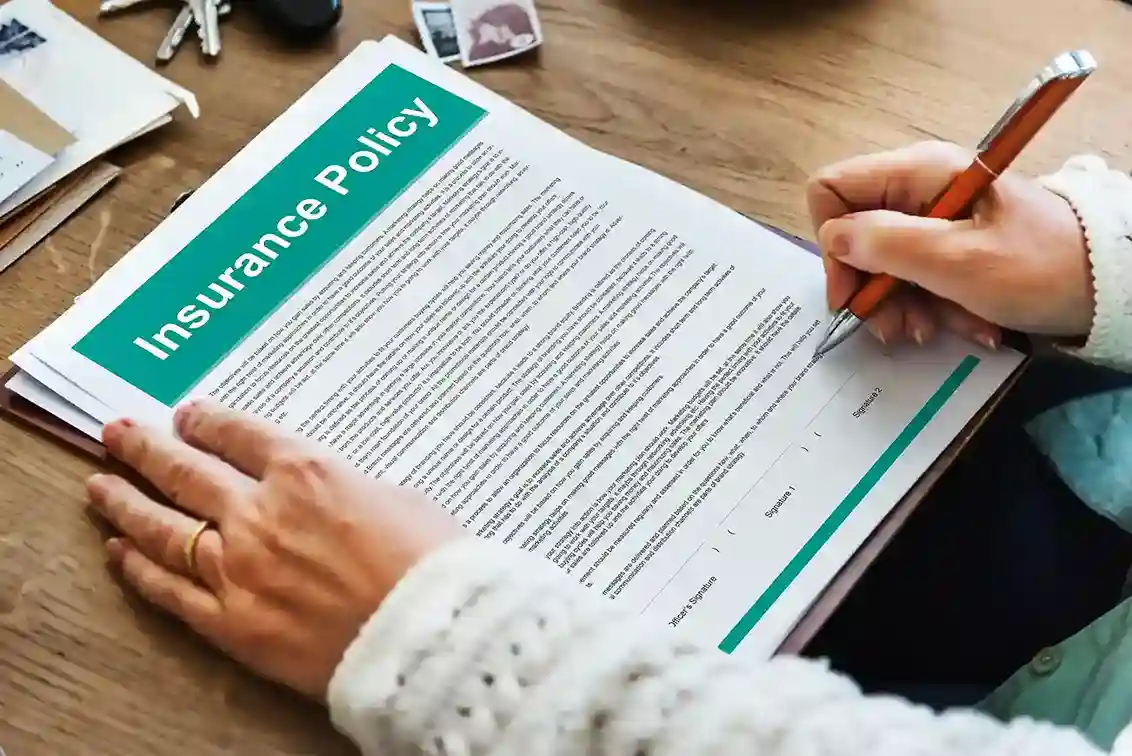Insurance policies are essential for financial protection, but many people don’t fully understand what their policy covers until it’s too late. The fine print can be overwhelming, filled with terms like coverage limits, deductibles, and exclusions. This article will help you decode your insurance policy, ensuring you know exactly what you’re paying for and how to avoid surprises when filing a claim.
Table of Contents
Key Components of an Insurance Policy
Every insurance policy, whether it’s life insurance or health insurance, has several key components. Understanding these can help you navigate the fine print with confidence.
- Declarations Page: This section includes basic information like the policyholder’s name, coverage limits, and premium cost. It’s essentially a summary of your policy.
- Insuring Agreement: Here, the insurer outlines what they will cover. For example, auto liability insurance covers damages to others if you’re at fault in an accident.
- Exclusions: These are specific situations or items not covered by your policy. For instance, pre-existing conditions are often excluded in health insurance policies.
- Conditions: This section outlines the rules and responsibilities of both the policyholder and the insurer. It may include details about filing a liability claim or reporting an auto accident.
- Endorsements/Riders: These are add-ons to your policy, such as gap insurance or uninsured motorist coverage, which provide extra protection.
Common Exclusions to Watch For
Exclusions are one of the most critical parts of the fine print. Here are some common ones to look out for:
- Pre-existing Conditions: Many health insurance plans exclude coverage for conditions you had before enrolling.
- Acts of God: Natural disasters like floods or earthquakes are often excluded unless you have specific comprehensive coverage.
- Intentional Damage: If you intentionally cause damage, your liability insurance won’t cover it.
- Wear and Tear: Normal wear and tear on your car or home is typically not covered under physical damage coverage.
- High-Risk Activities: If you’re into extreme sports, your health insurance policy might not cover injuries from these activities.

Understanding Coverage Limits and Deductibles
When reviewing your policy, pay close attention to coverage limits and deductibles.
- Coverage Limits: These are the maximum amounts your insurer will pay for a covered claim. For example, bodily injury liability coverage might have a limit of $50,000 per person.
- Deductibles: This is the amount you pay out-of-pocket before your insurance kicks in. A higher deductible usually means lower monthly premiums, but it also means more financial responsibility if you need to file a claim.
Choosing the right coverage limits and deductibles depends on your financial situation and risk tolerance. For instance, if you have a high net worth, you might opt for higher liability limits to protect your assets.
Read More: How to Choose the Best Car Insurance Policy for Your Needs
Hidden Clauses and Fine Print to Scrutinize
The fine print often contains clauses that can catch you off guard. Here are a few to watch for:
- Sub-limits: Some policies have sub-limits for specific items or events. For example, your comprehensive insurance might cover windshield damage, but only up to a certain amount.
- Co-insurance and Co-payments: These are common in health insurance policies, where you share the cost of medical care with your insurer.
- Time Limits for Filing Claims: Most policies require you to file a claim within a specific period of time after an incident.
- Cancellation and Renewal Terms: Some policies automatically renew, while others require you to take action during the enrollment period.
Tips for Reviewing Your Insurance Policy
To ensure you’re fully protected, follow these tips when reviewing your policy:
- Read the Entire Policy: Don’t just skim the summary. Pay attention to details like coverage requirements and exclusions.
- Ask Questions: If something is unclear, reach out to a licensed insurance agent for clarification.
- Compare Policies: Don’t settle for the first policy you find. Compare auto insurance policies or health insurance coverage from different providers.
- Regularly Review Your Policy: Your needs may change over time, so it’s important to update your policy accordingly.
Real-Life Examples of Fine Print Pitfalls
Here are a few examples of how misunderstanding the fine print can lead to problems:
- Denied Claim Due to an Exclusion: A policyholder filed a claim for medical expenses after an accident, only to find out their health insurance policy excluded injuries from high-risk activities.
- Unexpected Out-of-Pocket Costs: A driver with low coverage limits was held financially responsible for damages exceeding their property damage liability coverage.
- Benefits of Endorsements: A homeowner added gap coverage to their policy, which paid for the difference between their home’s value and the cost of repairs after a fire.
Conclusion
Understanding the fine print in your insurance policy is crucial for ensuring you have the right coverage and avoiding surprises when you need to file a claim. By familiarizing yourself with key components like coverage limits, deductibles, and exclusions, you can make informed decisions about your insurance.
Remember, insurance is about more than just paying monthly premiums—it’s about having financial security when you need it most. Take the time to review your policy, ask questions, and make adjustments as needed.

